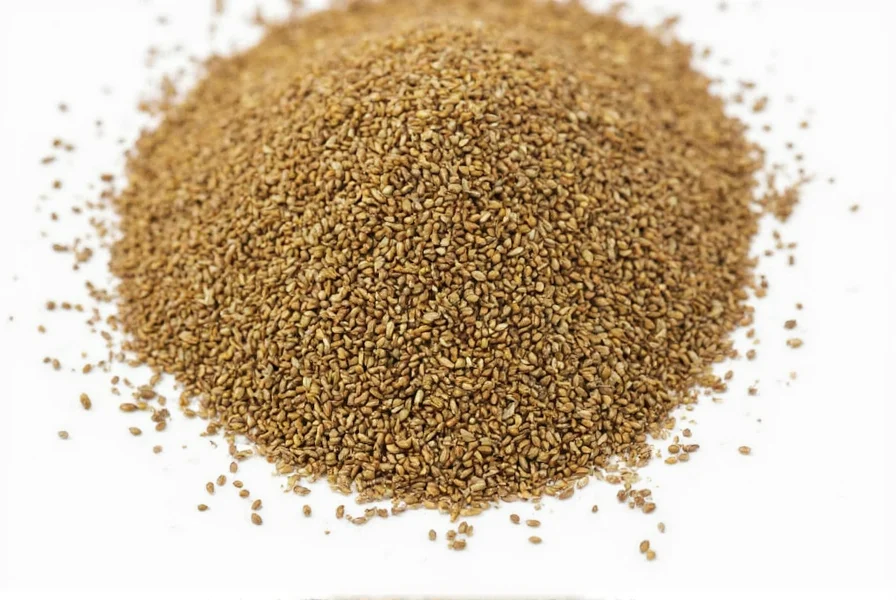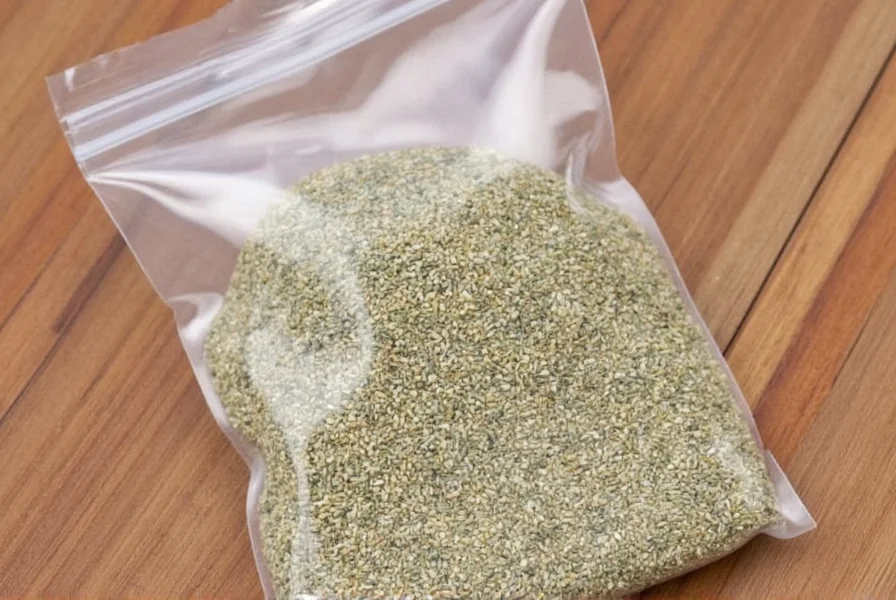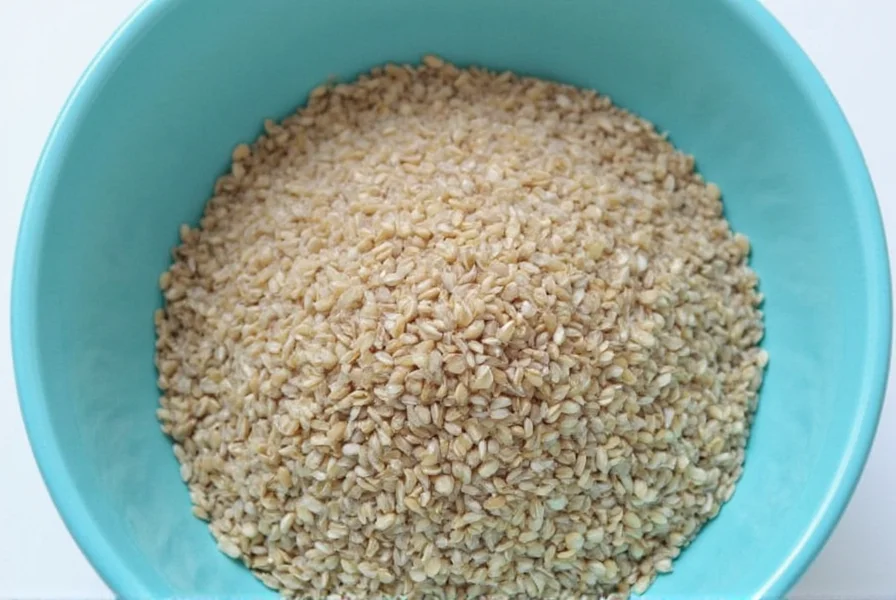Table of Contents
Introduction to Sesame Seeds
When it comes to the world of spices, few ingredients are as versatile and widely used as sesame seeds. This tiny seed has been a staple in cuisines around the globe for centuries. But what exactly are sesame seeds, and why should you care? Let's dive in.

Sesame seeds come from the Sesamum indicum plant, cultivated in tropical and subtropical regions worldwide. They're prized for their nutty flavor and remarkable versatility, making them essential in everything from Middle Eastern tahini to Japanese gomashio. Unlike many spices, sesame seeds offer both culinary and nutritional benefits, with a history dating back over 5,000 years of human use.
Their journey from field to table is fascinating. Ancient civilizations like the Egyptians and Chinese valued sesame for its oil and nutritional properties. Today, sesame seeds are a global culinary treasure, appearing in everything from bagel toppings to vegan cheese alternatives. Their unique flavor profile and health benefits make them a must-have in any well-stocked pantry.

Practical Tips for Using Sesame Seeds
If you're new to sesame seeds, here are some practical tips to help you make the most of this versatile ingredient:
- Toast for Maximum Flavor: Lightly toasting sesame seeds enhances their natural nuttiness. Simply heat them in a dry pan over medium heat for 2-3 minutes until fragrant.
- Use Whole or Ground: Whole seeds add texture to breads and salads, while ground sesame (tahini) creates creamy sauces and dressings.
- Pair with Complementary Flavors: Sesame seeds work beautifully with soy sauce, ginger, garlic, citrus, honey, and sesame oil for Asian-inspired dishes.
- Store Properly: Keep sesame seeds in an airtight container in the refrigerator to prevent rancidity, as they contain natural oils that can spoil quickly.
- Experiment with Colors: White sesame seeds have a mild flavor, while black sesame seeds offer a more intense, earthy taste perfect for desserts and traditional Asian recipes.

These simple techniques will help you unlock the full potential of sesame seeds in your cooking. From adding crunch to baked goods to creating rich sauces, sesame seeds are incredibly adaptable.
Cooking Ideas with Sesame Seeds
Now that you know how to handle sesame seeds, let's explore some creative ways to use them in your cooking:
- Tahini Dressing: Blend sesame seeds with lemon juice, garlic, olive oil, and a pinch of salt for a creamy Mediterranean dressing perfect for salads or roasted vegetables.
- Sesame Crusted Salmon: Coat salmon fillets with toasted sesame seeds before baking for a crispy, flavorful crust that complements the fish perfectly.
- Asian-Inspired Stir Fry: Sprinkle toasted sesame seeds over your favorite stir-fry dishes just before serving for added texture and nutty flavor.
- Sesame Energy Balls: Combine ground sesame seeds with dates, oats, and coconut for a healthy, no-bake snack that's perfect for on-the-go energy.
- Homemade Sesame Halva: Create a traditional Middle Eastern sweet by mixing tahini with honey and sugar, then chilling until firm for a delicious dessert.

These ideas showcase sesame seeds' incredible versatility. Whether you're making savory dishes or sweet treats, these tiny seeds can elevate your culinary creations with minimal effort.
Buying Guide for Sesame Seeds
| Feature | Description |
|---|---|
| Origin | Look for sesame seeds sourced from reputable growing regions like India, Myanmar, or Ethiopia, known for high-quality production. |
| Appearance | Choose seeds that are uniform in size with a clean, bright color. White sesame should be ivory-colored, while black sesame should be deep black with no discoloration. |
| Aroma | High-quality sesame seeds should have a fresh, nutty aroma. Avoid any that smell rancid or musty. |
| Texture | Seeds should feel firm and crisp, not soft or brittle, indicating proper drying and storage. |
When shopping for sesame seeds, consider these quality options:
- Organic Sesame Seeds by Spice Islands
- Features: USDA-certified organic, non-GMO, and sustainably sourced.
- Advantages: Free from pesticides and chemicals, with superior flavor and freshness.
- Use Cases: Ideal for health-conscious consumers, vegan recipes, and gourmet cooking.
- Target Audience: Home cooks seeking premium quality ingredients.
- Suitable Occasions: Everyday cooking, special occasions, and meal prep.
- Black Sesame Seeds by Simply Organic
- Features: Certified organic, specifically selected for their rich color and flavor.
- Advantages: Higher antioxidant content than white sesame, with a more intense nutty flavor.
- Use Cases: Perfect for desserts, traditional Asian dishes, and nutritional supplements.
- Target Audience: Health-focused individuals and culinary enthusiasts.
- Suitable Occasions: Special desserts, wellness-focused meals, and cultural cuisine preparation.
By choosing the right sesame seeds, you'll ensure your dishes have the authentic flavor and nutritional benefits this ancient ingredient is known for. Always check the harvest date for freshness, as sesame seeds can go rancid quickly if stored improperly.
Frequently Asked Questions About Sesame Seeds
What is sesame seed exactly?
Sesame seeds are the tiny edible seeds of the Sesamum indicum plant. They're one of the oldest known spices, used for thousands of years in various cuisines. They have a nutty flavor and are commonly used in both savory and sweet dishes. Sesame seeds come in different colors (white, black, brown) with varying flavor intensities.
How do sesame seeds differ from other seeds?
Sesame seeds have a unique nutty flavor profile that sets them apart from other seeds like chia or flax. Unlike chia seeds that absorb liquid and become gelatinous, sesame seeds maintain their texture and add crunch. Compared to flax seeds, sesame seeds have a higher fat content but don't require grinding for nutrient absorption. Sesame seeds are also more versatile in cooking applications, working well in both sweet and savory dishes without needing special preparation.
Where can I purchase authentic sesame seeds?
Authentic sesame seeds are available at most grocery stores, specialty food shops, and online retailers. Look for products with clear sourcing information and harvest dates. For the best quality, check the spice section of well-stocked supermarkets or visit specialty stores that focus on international ingredients. When buying online, choose reputable sellers with positive customer reviews and clear product descriptions.
How should I store sesame seeds to maintain freshness?
Store sesame seeds in an airtight container in the refrigerator for up to 6 months, or in the freezer for up to 1 year. Their high oil content makes them prone to rancidity at room temperature. Avoid storing near strong-smelling foods as sesame seeds can absorb odors. For best results, buy in small quantities and use within a few months of purchase.
Are there any health benefits associated with sesame seeds?
Yes, sesame seeds are nutritional powerhouses. They're rich in calcium, iron, magnesium, and zinc. They also contain healthy fats, protein, and antioxidants like sesamin and sesamolin. Studies show sesame seeds may help lower cholesterol, support bone health, and reduce inflammation. The seeds' natural oils also make them beneficial for skin health when used topically.
Can I substitute sesame seeds if I can't find them?
While no substitute perfectly replicates sesame seeds' unique flavor, you can approximate them by using sunflower seeds for a similar texture or pumpkin seeds for a nutty flavor. For tahini-based recipes, almond butter or cashew butter can work as alternatives, though the flavor profile will differ. For best results in recipes specifically designed for sesame seeds, try to source authentic sesame seeds.
Is sesame seed safe for people with allergies?
Sesame seeds are a common allergen and are now recognized as a major food allergen by the FDA. People with sesame allergies should avoid all sesame products. Always check food labels carefully, as sesame can appear in unexpected products like breads, sauces, and snacks. If you have a known sesame allergy, consult with your healthcare provider about safe alternatives for your recipes.
How much sesame seed should I use in my recipes?
For most recipes, 1-2 teaspoons of whole sesame seeds per serving is sufficient for flavor and texture. When using sesame oil (made from sesame seeds), start with 1/2 teaspoon per serving as it's very potent. For tahini (ground sesame seeds), 1-2 tablespoons typically provides the right amount of creaminess for dressings and sauces. Remember that sesame seeds have a strong flavor, so it's best to start with smaller amounts and adjust to taste.
Conclusion
In conclusion, sesame seeds are more than just a topping for breads - they're a culinary treasure with a rich history and incredible versatility. From their nutritional benefits to their ability to enhance both savory and sweet dishes, sesame seeds deserve a place in every kitchen.
As we've explored, there are numerous ways to incorporate sesame seeds into your cooking, from simple sprinkles to complex sauces. With the right techniques and a bit of imagination, you can unlock the full potential of this remarkable ingredient. So why not give it a try? Your taste buds—and your health—will thank you!
Remember, the journey of discovering new ingredients is as rewarding as the final dish. Embrace the versatility of sesame seeds, and let them inspire your next culinary creation. Happy cooking!










 浙公网安备
33010002000092号
浙公网安备
33010002000092号 浙B2-20120091-4
浙B2-20120091-4